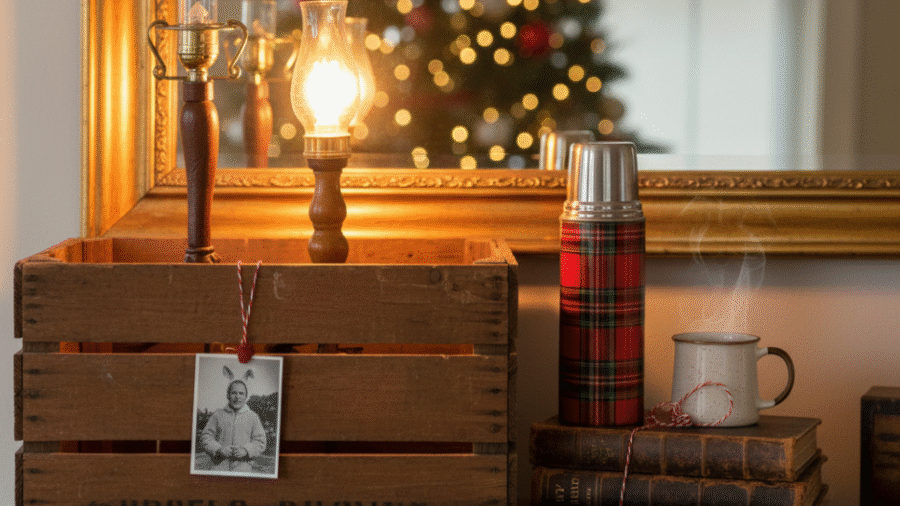A Christmas Story is a timeless holiday classic that resonates deeply with audiences due to its perfect blend of nostalgia, humor, relatable childhood experiences, and authentic portrayal of family life during Christmas. Since its release in 1983, it has grown from a modest box office performer to an annual viewing tradition cherished by generations. This article explores why A Christmas Story remains a beloved classic, the elements that contributed to its cult status, and how it continues to inspire viewers today.
The Power of Nostalgia
Central to the appeal of A Christmas Story is its powerful evocation of nostalgia. The film transports viewers to the late 1930s or early 1940s, immersing them in the sights, sounds, and feelings of a bygone era. The detailed period setting — from the children’s clothing and neighborhood streets to the holiday decorations
and family rituals — encapsulates a simpler time, evoking memories of Christmases past.
Nostalgia is more than sentimental longing; it’s a potent emotional connection that allows viewers to relive childhood moments, including the anticipation, excitement,
and innocent challenges of the holiday season. This emotional resonance means that adults can revisit their youth, while younger viewers glimpse a world both charming and quaint.
Relatable and Endearing Characters
The film’s characters are crafted with warmth and authenticity. Ralphie Parker, played by Peter Billingsley, captures the universal childhood desire for the perfect Christmas gift — his iconic Red Ryder BB gun. He is supported by a cast of memorable figures: the gruff yet loving “Old Man,” the nurturing
and pragmatic mother, the playful younger brother Randy, and quirky neighbors and schoolmates.
These characters mirror real family dynamics, complete with humor, frustration, affection,
and rivalry. Their interactions reflect everyday life, making the story relatable to viewers from all backgrounds.
Humor that Transcends Generations
A Christmas Story is filled with moments of timeless humor — from the repeated warnings of “You’ll shoot your eye out!” to the unforgettable frozen flagpole “triple dog dare” incident, to the leg lamp contest prize that proudly occupies the front window. The film’s comedic style combines slapstick, witty narration,
and situational comedy to appeal to both children and adults.
This layering of humor ensures that the film remains entertaining on repeated viewings and across age groups.
Authentic Portrayal of Family and Childhood
Unlike many holiday films that rely on magical or fantastical elements, A Christmas Story grounds its narrative in realistic family experiences. It showcases the challenges, small victories, and chaos of holiday preparations, sibling dynamics, and parental love.
The scenes involving the family dinner, the Old Man’s battle with the furnace,
and Ralphie’s school troubles offer an honest and affectionate portrayal of mid-20th-century American family life.
Annual TV Marathons and Cult Following
While the movie’s theatrical release was modest, its popularity surged with the advent of cable television marathons beginning in the 1990s. Networks TNT
and TBS began airing 24-hour marathons each Christmas Eve and Christmas Day, turning A Christmas Story into an ultra-accessible holiday ritual for millions of viewers.
This annual broadcast event has played a significant role in elevating the film to cult status
and embedding it into the fabric of American holiday traditions.
Critical Acclaim and Cultural Recognition
Critically, the film has been widely praised over the years. With an 89% approval rating on Rotten Tomatoes and inclusion on Roger Ebert’s “Great Movies” list, its blend of humor
and warmth has stood the test of time. It has been recognized by the United States Library of Congress, selected for preservation in the National Film Registry due to its cultural, historical, and aesthetic significance.
Enduring Themes and Legacy
At its core, A Christmas Story speaks to universal themes: the longing
and innocence of childhood, family love despite imperfections,
and the magic found in everyday moments. These timeless themes contribute to its continued relevance, ensuring it remains a Christmas favorite for decades.
Its influence is seen through sequels, merchandise, and tours of the real-life house featured in the film. The iconic leg lamp
and Red Ryder BB gun have become cultural symbols recognizable even to those unfamiliar with the movie.
Read More: Why A Christmas Story Remains a Beloved Holiday Classic: Nostalgia, Humor, and Modern Relevance
Conclusion
A Christmas Story remains a beloved and quintessential holiday movie because it authentically captures the spirit of Christmas and childhood with humor, heart,
and nostalgia. Its relatable characters, timeless humor, and rich portrayal of family traditions continue to foster joy and connection among viewers each holiday season.


Add a Comment